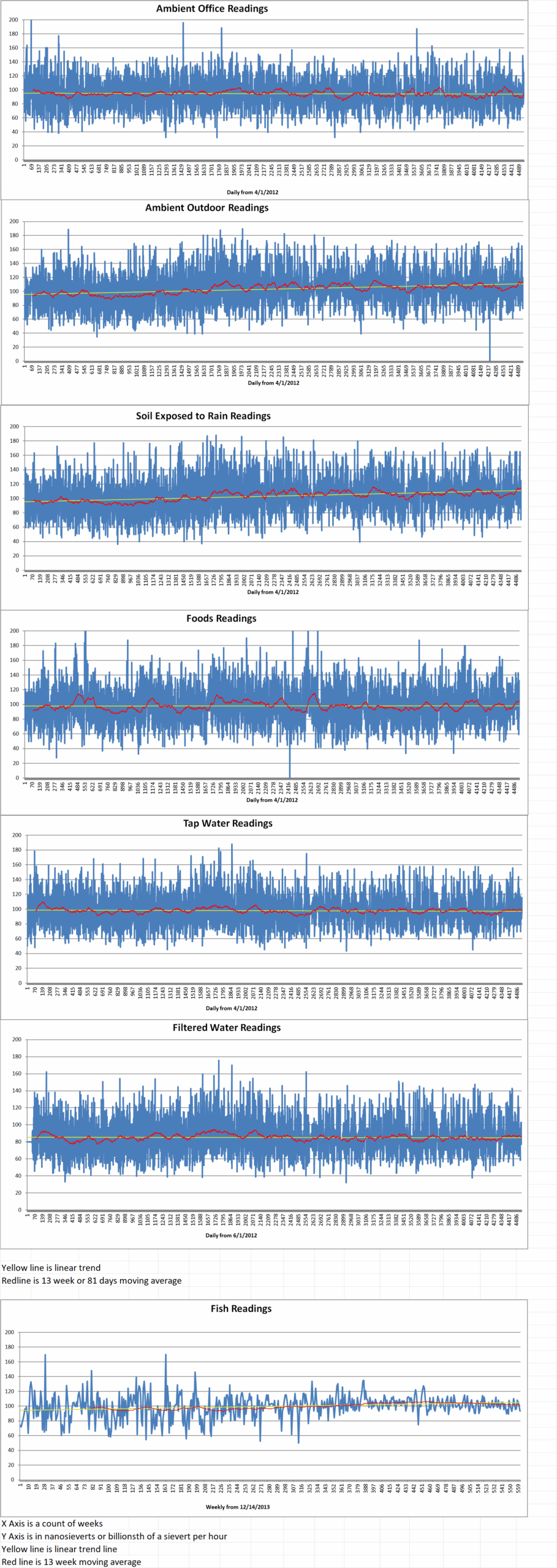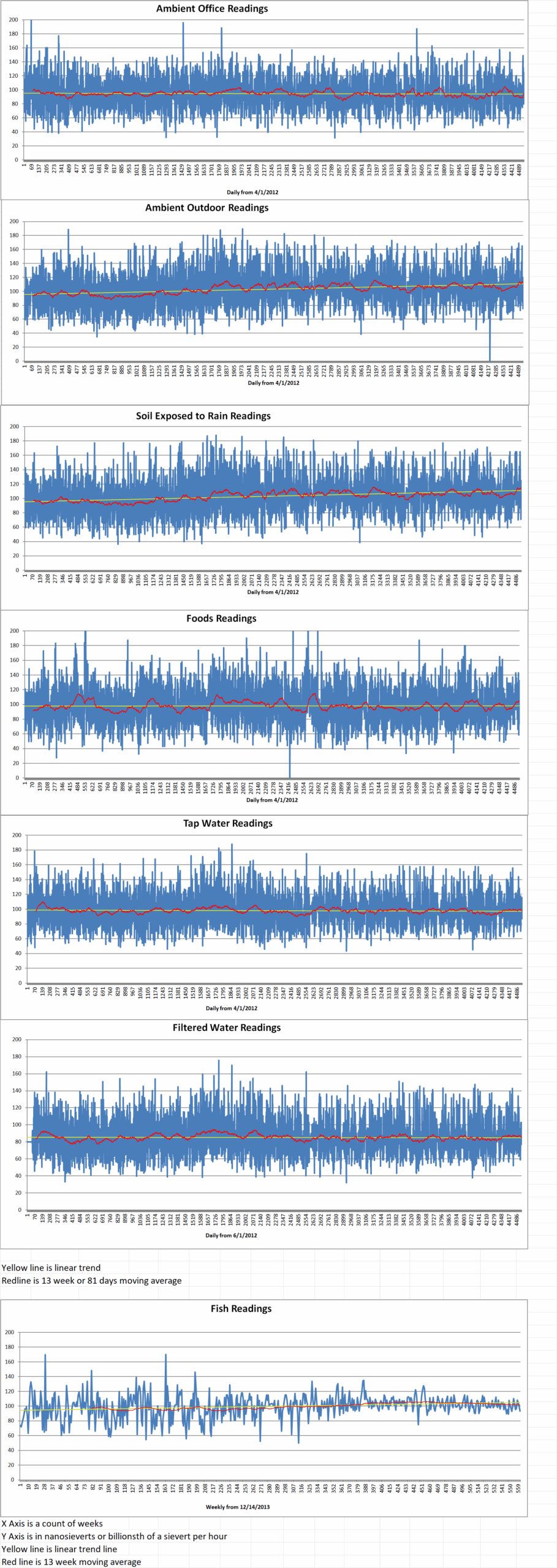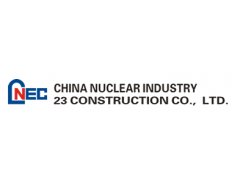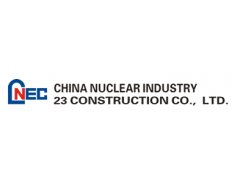A top U.K. nuclear agency has accelerated efforts to develop robust sensing technologies for use in future nuclear fusion power plants. The United Kingdom Atomic Energy Authority (UKAEA) awarded contracts to thirteen organizations to develop a range of sensing and diagnostic technologies for use in extreme environments. This is an essential field of innovation for future fusion power plants.
The United Kingdom Atomic Energy Authority is a UK government research organization responsible for the development of fusion energy. It is an executive non-departmental public body of the Department for Energy Security and Net Zero (DESNZ).
The UKAEA said that novel sensing and diagnostic systems will be needed to measure a range of data within a fusion power plant. These include plasma position and shape, plasma electron density, temperature, and the performance of plasma-facing components.
The nuclear agency underlined that fusion power plants will operate under complex conditions, including extreme temperatures, high neutron loads, and high magnetic fields.
Developing highly specialized, robust sensing and control technologies that can operate under these extreme conditions is critical to making fusion energy a commercially viable part of the world’s energy mix, according to UKAEA.
Tim Bestwick is Chief Technology Officer and Deputy CEO at UKAEA. He said, “Fusion promises to be a safe, sustainable source of energy for future generations. However, delivering fusion means overcoming complex scientific and engineering challenges, such as developing tough sensors to withstand fusion’s harsh environments. The Fusion Industry Program is engaging private companies and academia to help solve these challenges, while stimulating innovation that can boost adjacent sectors.”
Worth four and a half billion dollars in total, sixteen contracts have been awarded by UKAEA’s Fusion Industry Program, an initiative launched in 2021 to develop the necessary technology and skills for the future global fusion power plant market.
UKAEA stated that thirteen organizations will now undertake technical feasibility studies, taking their sensing and diagnostics technologies to the ‘proof of concept’ stages with support from the Fusion Industry Program.
In a first for the Fusion Industry Program, expert fusion industry support is being supplied by technical advisors from both UKAEA and Tokamak Energy Ltd. Experts from UKAEA and Tokamak Energy are providing technical advice on the conditions found in a fusion environment to help inform the design and development of sensing and diagnostic technologies, according to a press release by UKAEA.
Joanne Flanagan is Tokamak Energy’s head of Diagnostics, Data and Control. She said, “We’re delighted to see a wealth of variety in the innovative responses to this challenge and are excited to support the projects in our role as technical advisors.”
Flanagan explained that measurement systems and components would need to be extremely robust to operate in the extreme fusion power plant environment, which is why a full range of technologies, ideas, and solutions must be explored.
Flanagan concluded that “This challenge is designed to stimulate the innovation needed to address this development, bringing us all one step closer to the goal of delivering clean, secure and affordable fusion energy.”
United Kingdom Atomic Energy Authority







